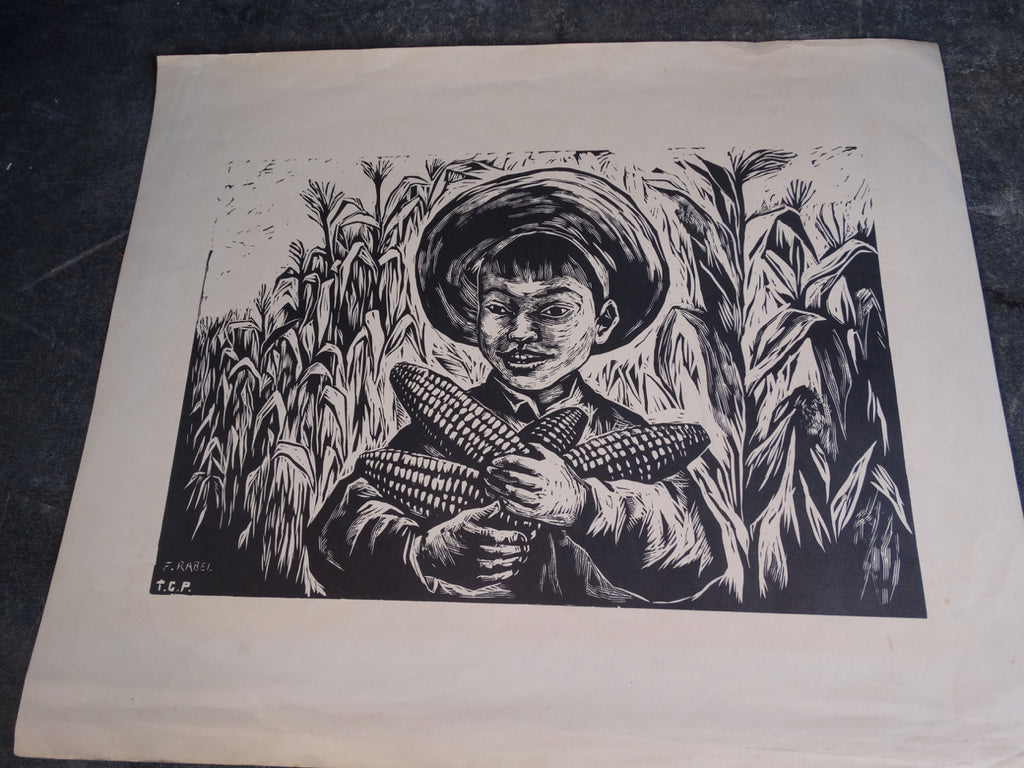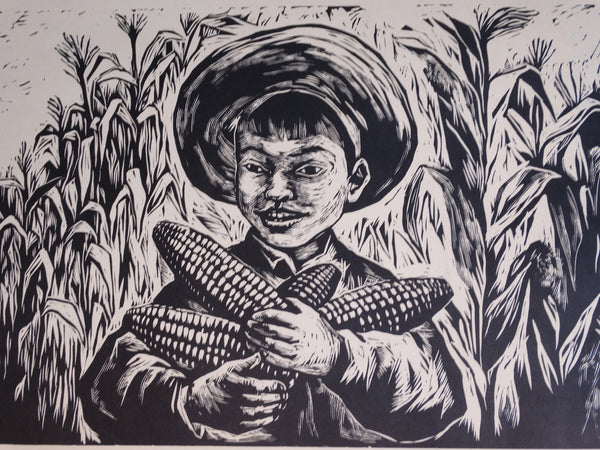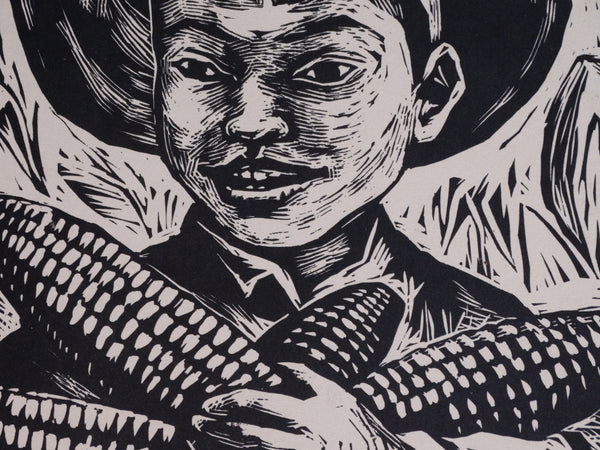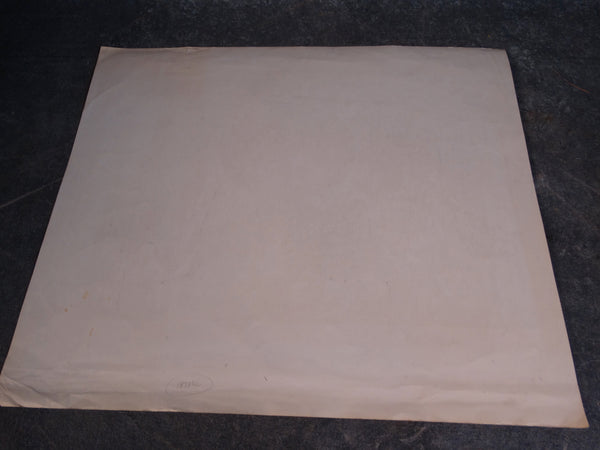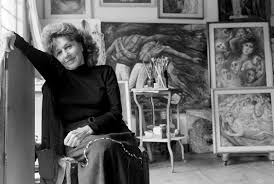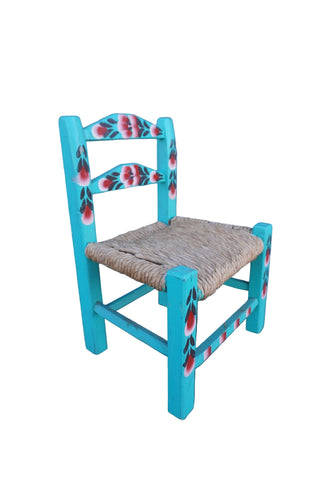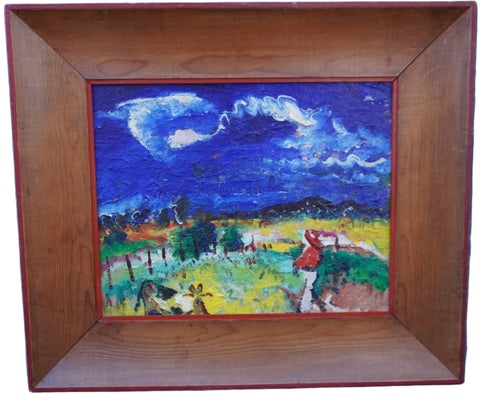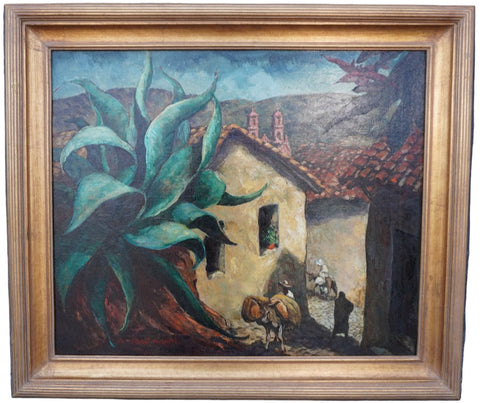Fanny Rabel: Peasant Boy Holding Ears of Corn Corn - Linocut Photo Engraving AP1458
There is so much heart in this image by the pioneering artist and muralist Fanny Rabel. Measures 16" x 19".
Copy in Library of Congress https://www.loc.gov/item/2010643246/
Fanny Rabel (August 27, 1922 in Poland – November 25, 2008 in Mexico City), born Fanny Rabinovich, was a Polish-born Mexican artist who is considered to be the first modern female muralist and one of the youngest associated with the Mexican muralism of the early to mid 20th century. She and her family arrived to Mexico in 1938 from Europe and she studied art at the Escuela Nacional de Pintura, Escultura y Grabado "La Esmeralda", where she met and became friends with Frida Kahlo. She became the only female member of “Los Fridos” a group of students under Kahlo’s tutelage. She also worked as an assistant and apprentice to Diego Rivera and David Alfaro Siqueiros, painting a number of murals of her own during her career. The most significant of these is "Ronda en el tiempo" at the Museo Nacional de Antropología in Mexico City. She also created canvases and other works, with children often featured in her work, and was one of the first of her generation to work with ecological themes in a series of works begun in 1979.
Rabel is considered to be the first modern female muralist in Mexico although she also did significant work in painting, engraving, drawing and ceramic sculpture. Her work has been classified as poetic Surrealism, Neo-expressionism and is also considered part of the Escuela Mexicana de Pintura (the dominant art movement of the early to mid 20th century in Mexico) as one of the youngest muralists to be associated with it along with Arnold Belkin and José Hernández Delga .
Rabel was more drawn to depicting mankind’s pain rather than happiness, sharing other Mexican muralists' concerns about social injustice. However, she stated to Leopoldo Méndez that she could not create combative works, with clenched fists and fierce faces, and she wanted to leave the Taller de Gráfica Popular. Méndez convinced her to stay, saying that more tender images are important to political struggle as well. Children with Mexican faces are common in her work, often with expressions between laughter and tears. They are generally poor children, meant to depict the socioeconomically marginalized populations in the country. However, she did not paint outright tragedy or tears. In many of her works, the different social classes of Mexico are contrasted, often with indigenous peoples. The gentleness of her works, she insisted was “for the revolution.” She also did one portrait of Frida Kahlo, a pencil drawing which was first exhibited near the end of her life.[

